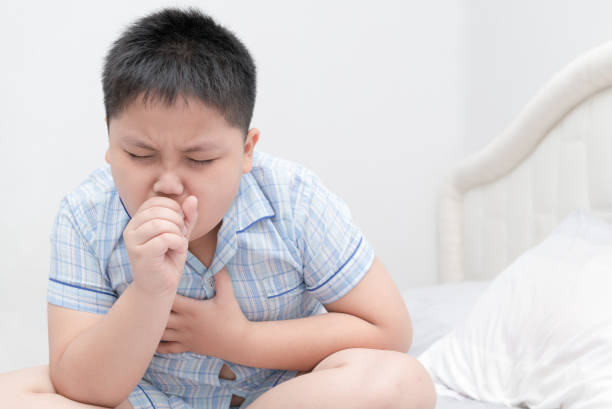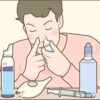
Respiratory-related diseases are very numerous and fall into three broad categories.
- Various inflammations (common such as rhinitis, bronchitis, bronchitis, etc.)
- Dysplasia (various types of tumors or benign lesions)
- Foreign body invasion (choking on food)
The clinical manifestations of these diseases can vary widely, but more or less associate with breathing difficulties. Because most respiratory diseases will have a certain impact on the airway lumen. This restricts the passage of gas into and out of the body, making it difficult to breathe.
Nasal congestion - the most common form of difficulty breathing
When the nasal cavity is edema due to inflammation, the edema problem results in a complete filling of the nasal cavity. There is a problem with the upper airway. The feeling is that the nose can neither inhale air smoothly nor pant out smoothly. In fact, the nasal cavity and the oral cavity are connecting. When you suffer from nasal congestion, you can open your mouth to provide another channel for breathing. Without this backup channel, a small rhinitis can be fatal.

However, the alternate channel is only available in the upper airway. After passing the glottis and entering the lower respiratory tract, the airway becomes the only passage. Once a serious blockage occurs, it is very dangerous if cannot remove the blockage in time. Obstructive diseases that occur in the small airways are relatively less urgent and harmful.
What is central airway obstruction?
If the large airway is blocked, the situation will obviously be more urgent. Central airway lesions are lesions that occur in the trachea, main bronchus, and right intermediate bronchus. Central airway obstruction is the blockage of the airway that occurs in these areas.
Consequences of central airway obstruction
Specifically, it is closely related to the degree of stenosis at the narrowest part of the airway caused by the lesion.

- Patients with mild stenosis have no obvious clinical symptoms.
- Patients with moderate stenosis have symptoms such as cough, chest tightness, and shortness of breath.
- Patients with severe stenosis have symptoms such as significant dyspnea.
- Patients with very severe stenosis are at risk of suffocation at any time.
Management of central airway obstruction
Especially important, interventional therapy is a good way to solve the central airway obstruction.
For the central airway obstruction caused by foreign bodies, foreign bodies are mainly removed under fiberoptic bronchoscopy.
For other causes of central airway obstruction, interventional therapy is also the main treatment method.
Interventional treatments such as fiberoptic bronchoscopy and stent placement.
Secondly, according to the cause of central airway obstruction, perform corresponding treatment measures.
Such as the use of radiotherapy and chemotherapy to treat central airway obstruction caused by tumors.



























Recent Comments